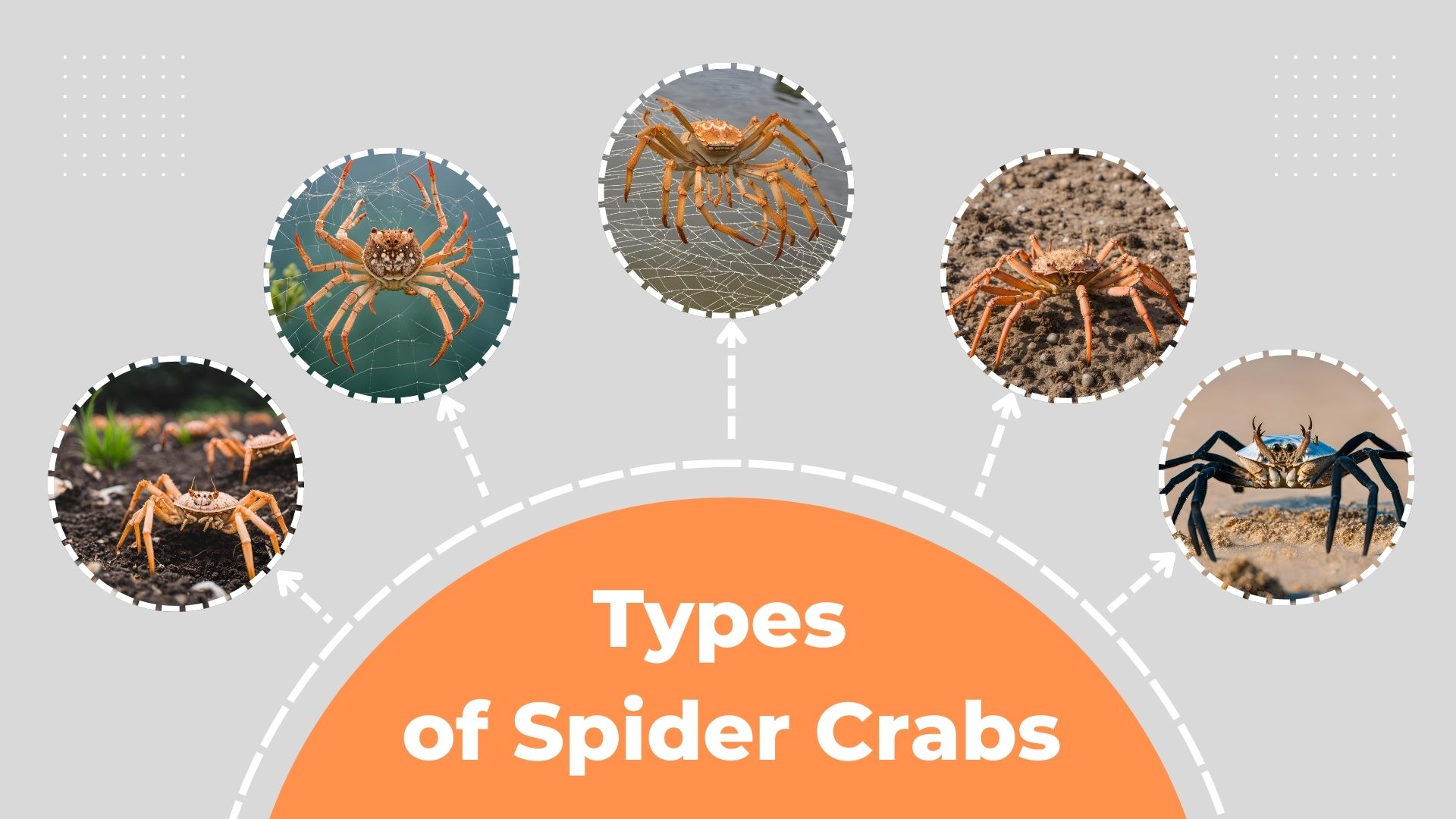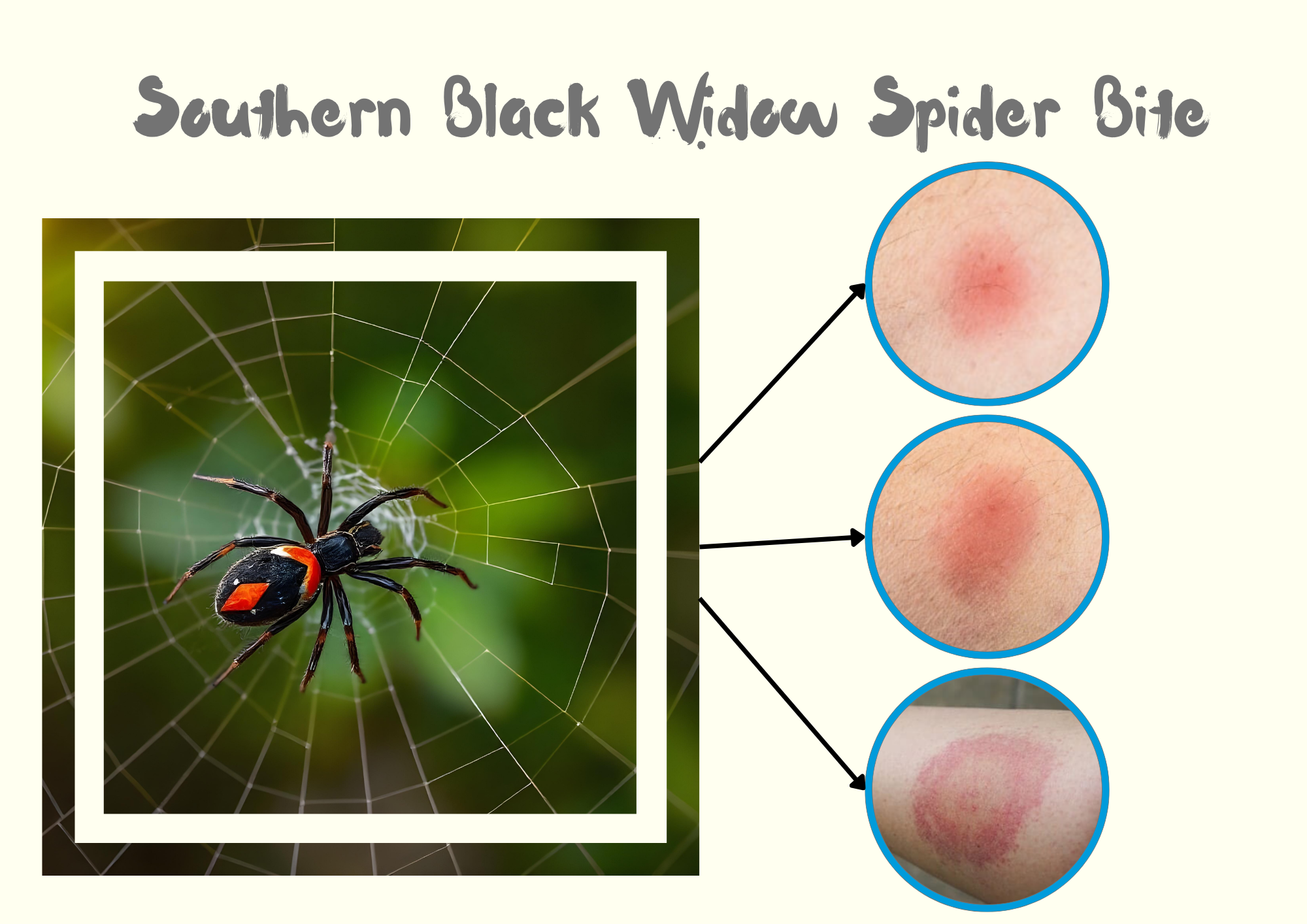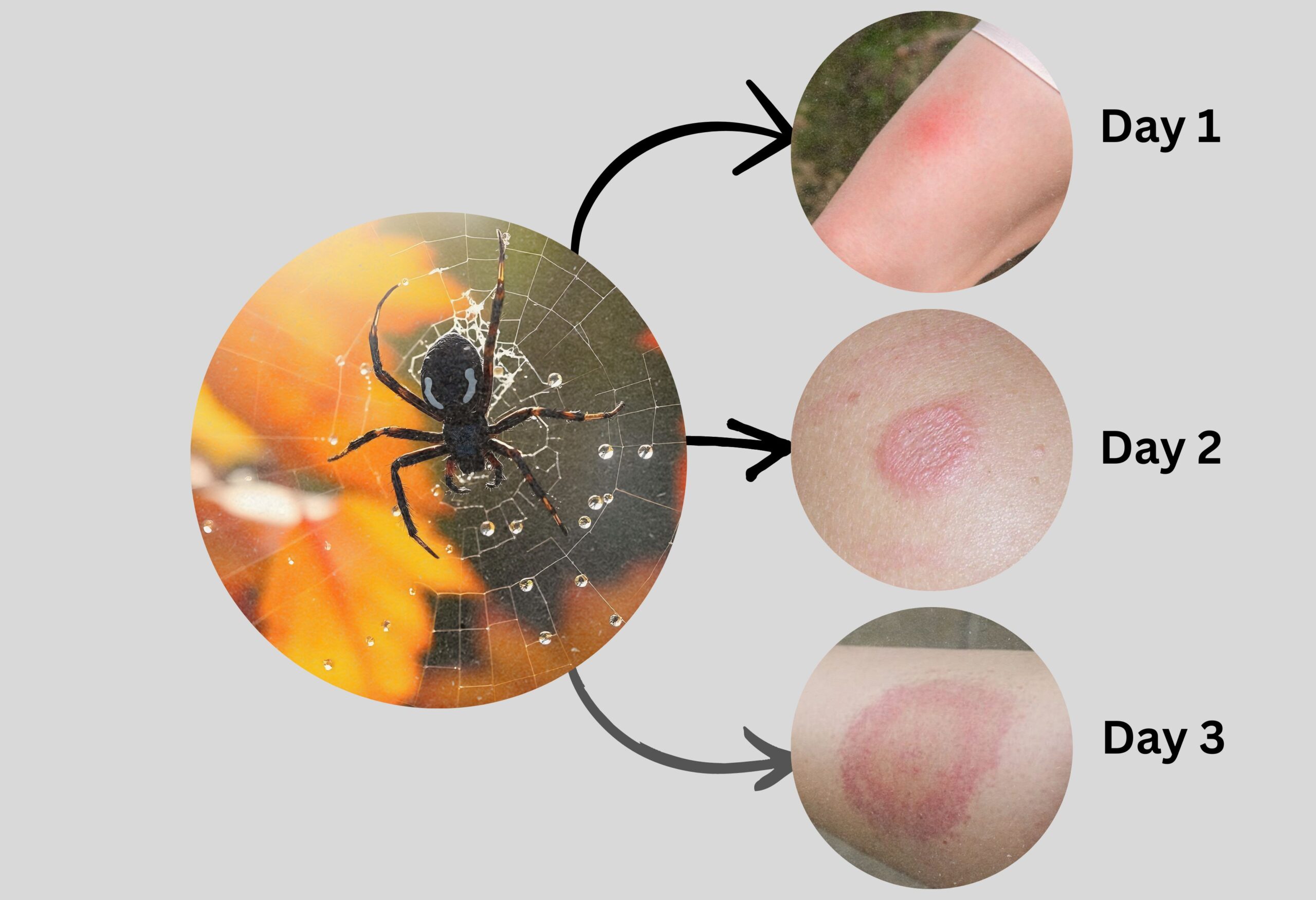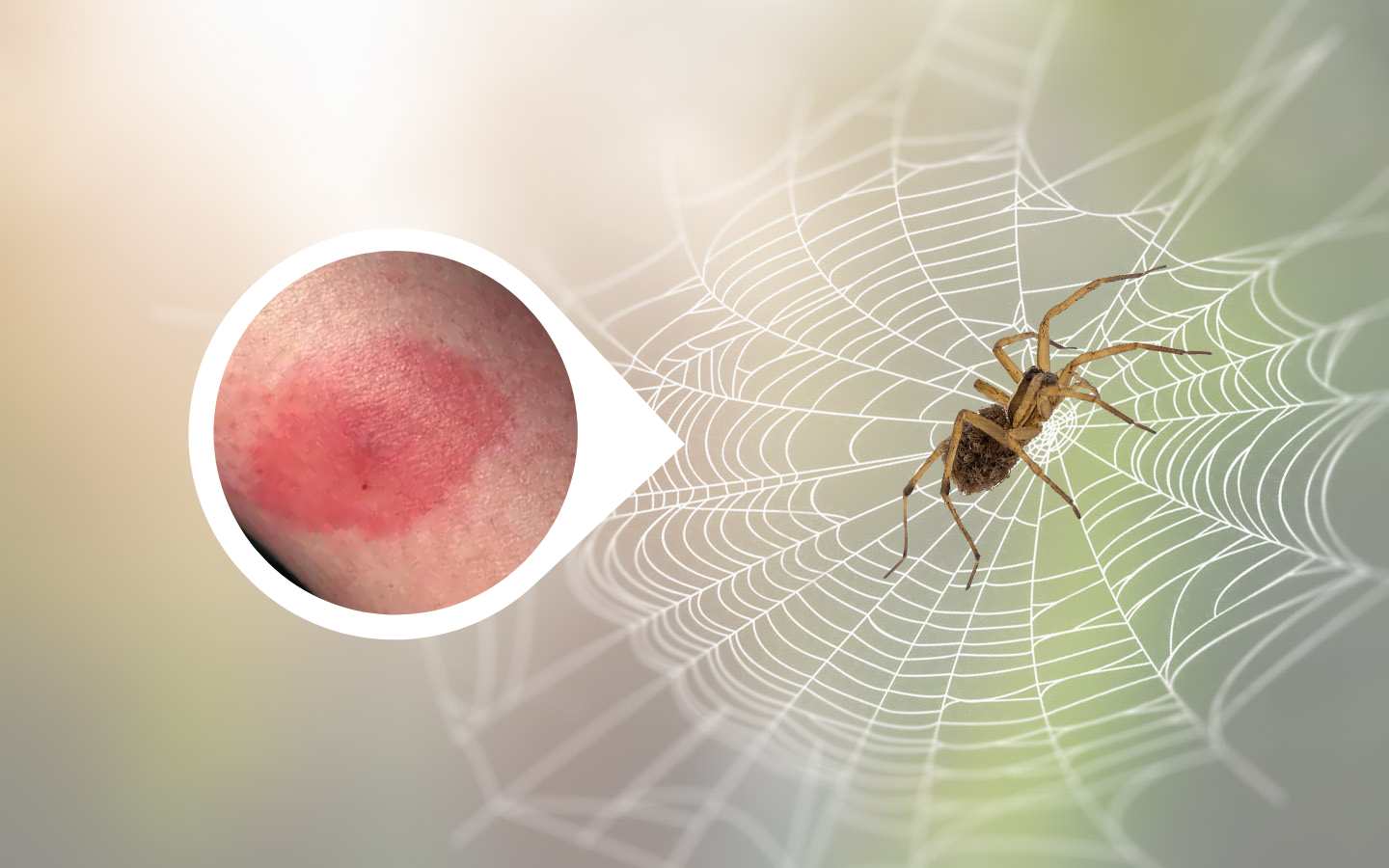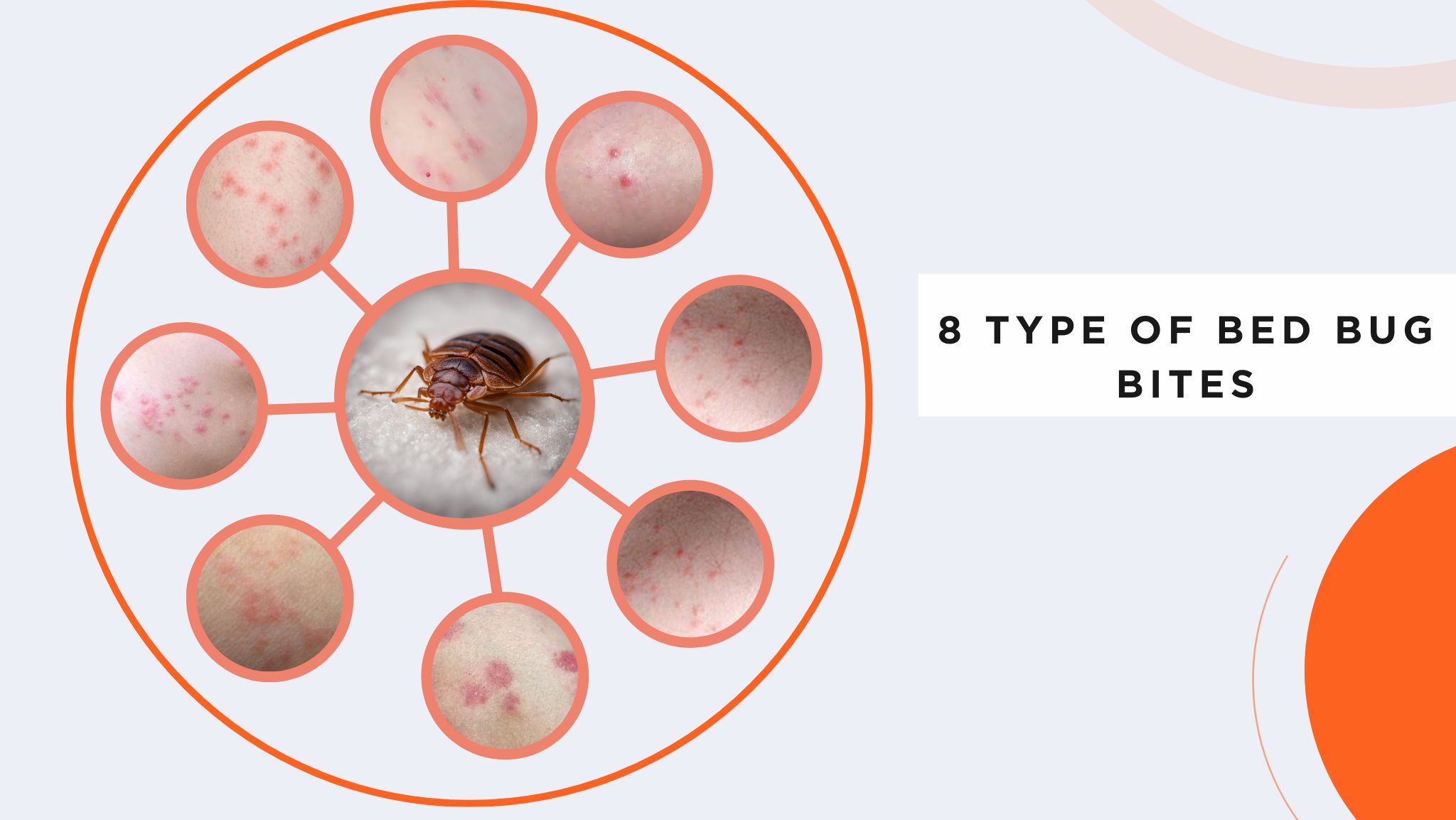Spider crabs are fascinating marine creatures found worldwide, known for their long legs and camouflaging abilities. They vary greatly in size and appearance, from the massive Japanese Spider Crab, which can span over 12 feet, to smaller species like the Ground Crab Spider. Each type has unique traits, habitats, and behaviors that help them survive in diverse environments.
These crabs play crucial roles in marine ecosystems and have cultural and economic significance in some regions. From their diet and adaptations to their impressive size, spider crabs offer a glimpse into the intriguing world of ocean life.
1. General Spider Crab Group
Spider crabs are a group of crabs known for their long legs, small bodies, and often spiky or bumpy shells that help them blend into their surroundings. They are found in oceans worldwide, from shallow coastal waters to deep sea environments. These crabs are slow movers and often use camouflage as their primary defense mechanism.
- Spider Crab: This term refers broadly to various species within the spider crab group, characterized by their distinct, spindly legs and oval or triangular carapaces.
- Spider Crab Scientific Name: The scientific names of spider crabs vary by species, with one of the most well-known being Macrocheira kaempferi for the Japanese Spider Crab. Other species belong to different genera, including Maja, Libinia, and Hyas.
- Spider Crab Facts: Spider crabs are scavengers, feeding on detritus, dead fish, and small invertebrates. They play an essential role in cleaning the ocean floor. Their unique appearance and behavior make them one of the most intriguing groups of crabs in the marine world.
Physical and Behavioral Traits
Spider crabs are known for their distinct physical appearance and unique behaviors that set them apart from other crab species. They have long, thin legs and small, often spiky or bumpy carapaces that help them blend into their surroundings, providing excellent camouflage against predators.
Spider Crab Size: Spider crabs vary significantly in size. The Japanese Spider Crab is the largest, with legs that can span up to 12 feet, while smaller species have much shorter legs and a body size similar to a common crab.
Crab Looking Spider: Some spiders resemble crabs due to their sideways movement and body structure, such as the crab spider, which is known for its crab-like stance and appearance.
Crab Like Spider: These spiders mimic crabs in both movement and shape, often holding their front legs like crab claws. This resemblance is an example of how nature allows different species to share similar physical traits for camouflage and hunting advantages.
Spider that Looks Like a Crab: This phrase commonly refers to crab spiders, which get their name from their crab-like appearance. They are ambush predators that use their crab-like posture and movements to surprise prey.
Running Crab Spider: Running crab spiders are known for their speed and agility, moving swiftly like crabs. They don’t use webs to catch prey but rely on their quick reflexes and camouflage to hunt effectively.
Specific Types of Spider Crabs
- Ground Crab Spider
- 8 Spotted Crab Spider
- Northern Crab Spider
- Australian Crab Spider
- Red Crab Spider
- Brown Crab Spider
- Slender Crab Spider
- White Banded Crab Spider
- Chinese Spider Crab
- American Green Crab Spider
2. Coconut Crab Group
Coconut crabs, also known as robber crabs, are the largest land-living arthropods in the world. They are closely related to hermit crabs and are famous for their powerful claws capable of cracking open coconuts. While not true spiders, their behavior and appearance have inspired various common names that associate them with crabs and spiders, highlighting their unique and somewhat eerie presence on land and in trees.
Coconut Crab Spider: This term refers to coconut crabs, emphasizing their crab-like and spider-like appearance due to their elongated legs and large claws. These crabs are often spotted climbing trees in search of coconuts or other food sources.
Coconut Tree Crab Spider: This name emphasizes the tree-climbing habits of the coconut crab. Known for their impressive climbing skills, they can scale tree trunks to access food or evade predators, showcasing their adaptability in their environment.
Coconut Crab Spider Size: Coconut crabs are known for their massive size, reaching up to 3 feet in leg span and weighing up to 9 pounds. They are the largest land crabs and can live up to 60 years, making them giants among their kind.
Geographical Distribution
- Coconut Crab Spider Australia: In Australia, coconut crabs are primarily found on remote islands in the Indian Ocean and Pacific regions. They thrive in coastal areas with abundant food sources, such as fallen fruit, nuts, and other organic material.
- Coconut Tree Crab Spider Australia: These crabs are especially common in regions like Christmas Island, where they are a notable species due to their size and behavior. They play a crucial role in the island’s ecosystem by helping to decompose organic matter.
Unique Characteristics and Adaptations
- Coconut Tree Spider Crab: Coconut crabs have developed several unique adaptations that help them survive on land. Unlike most crabs, they have specialized organs called branchiostegal lungs that allow them to breathe air, making them well-suited for terrestrial life. They are also known for their strength; their claws can exert a force comparable to a lion’s bite, which helps them crack open coconuts, their primary food source.
3. Giant and King Crab Group
Overview of Giant and King Spider Crabs
Giant and King crabs are among the most impressive and sought-after crabs in the world, known for their immense size and robust claws. These crabs are primarily found in deep-sea environments and are celebrated not only for their size but also for their importance in commercial fishing industries. Both Giant Spider Crabs and King Crabs are fascinating species that captivate with their unique appearances and significant ecological roles.
- Giant Spider Crab: The Giant Spider Crab is one of the largest crabs globally, with a leg span reaching up to 12 feet. They are primarily found in the waters surrounding Japan and are known for their long, spindly legs and small, rounded bodies. Their impressive size and appearance make them one of the most remarkable crabs in the marine world.
- Spider King Crab: Spider King Crabs are another variety of large crabs that share similar physical characteristics with Giant Spider Crabs but often differ in habitat and specific features. These crabs are known for their stout claws and robust bodies, making them formidable hunters and scavengers of the deep sea.
- King Spider Crab: Known for their thick exoskeletons and powerful claws, King Spider Crabs are often found in the cold waters of the North Pacific. They are highly valued in commercial fishing for their delicate, flavorful meat and are one of the most iconic crabs in the culinary world.
Comparative Analysis
- King Crab vs. Spider Crab: King Crabs are typically heavier and have a more robust body structure compared to Spider Crabs, which are characterized by their long, thin legs and smaller bodies. King Crabs are mainly found in cold, deep-sea environments and are known for their commercial value. In contrast, Spider Crabs are often more adapted to a broader range of oceanic conditions and have more elongated appendages.
- Spider Crab vs. King Crab: While both species are giants in their own right, the key differences lie in their physical build and habitat preferences. King Crabs are bulkier and are primarily fished for their meat, whereas Spider Crabs have a more spindly, spider-like appearance and are more commonly seen in various oceanic depths around the world.
Size and Distribution
- Big Spider Crab: Big Spider Crabs are generally found in the deeper parts of the ocean, where they use their size and camouflage to deter predators. These crabs can reach impressive sizes, making them one of the larger species among spider crabs.
- Biggest Spider Crab: The Japanese Spider Crab holds the title for being the biggest spider crab, with leg spans that can extend over 12 feet. These crabs are found in the waters off Japan and are known for their striking appearance and formidable size.
- Deep Sea Spider Crab: Deep Sea Spider Crabs inhabit the colder and darker regions of the ocean, often dwelling at depths where sunlight does not penetrate. They have adapted to these extreme conditions with robust legs and thick exoskeletons that protect them from predators and harsh environmental conditions.
- Biggest Spider Crab in the World: The Japanese Spider Crab is recognized as the largest spider crab in the world. Known for its long, thin legs and small, rounded body, this crab is not only a wonder of marine biology but also a significant species in terms of its ecological impact and role in the food web.
4. Crab Spider Group
Overview of Crab Spiders
Crab spiders are a diverse group of arachnids known for their crab-like appearance and movements. Unlike other spiders, crab spiders do not spin webs to catch prey. Instead, they use their camouflage abilities to ambush insects, blending seamlessly with flowers, leaves, or the ground. Their sideways and backward movements, similar to crabs, give them their name. Crab spiders are generally small but play an essential role in controlling pest populations in their habitats.
- Crab Spider: Crab spiders belong to the family Thomisidae and are known for their broad, flat bodies and leg positions, which resemble those of crabs. They are often found on flowers, where they lie in wait to ambush unsuspecting prey.
- Crab Spider Poisonous: While crab spiders do possess venom, it is primarily used to immobilize their prey and is not dangerous to humans. Most crab spider bites cause little to no harm, with mild reactions that usually subside quickly.
- Crab Spider Bite: A crab spider bite can cause slight pain or irritation but is generally not dangerous to humans. Reactions are usually mild and may include redness, swelling, or itching at the bite site.
- Poisonous Crab Spider Florida: Florida is home to various crab spiders, including some that can deliver mildly venomous bites. However, these bites are rarely harmful to humans, as the venom is not potent enough to cause serious health issues.
Specific Types and Colors
- Green Crab Spider: The Green Crab Spider, commonly found on foliage, uses its green color to blend into its surroundings. This excellent camouflage helps it ambush prey effectively.
- Green Crab Spider Poisonous: Although the Green Crab Spider has venom, it is not harmful to humans. Its venom is designed to subdue small insects and poses no significant threat to people.
- Green Crab Spider Bite: Bites from Green Crab Spiders are rare and usually harmless, with minimal symptoms such as slight pain or redness at the bite site.
- Pink Crab Spider: Pink Crab Spiders can change their color to blend in with pink flowers, making them nearly invisible to both predators and prey. This ability to alter their appearance is a unique adaptation that enhances their hunting success.
- Goldenrod Crab Spider: Often found on yellow flowers, the Goldenrod Crab Spider is known for its striking yellow or white coloration. It is one of the most recognizable crab spiders and is frequently observed in gardens and meadows.
- Goldenrod Crab Spider Venomous to Humans: The venom of the Goldenrod Crab Spider is not dangerous to humans, though it is highly effective in subduing prey such as bees, flies, and other insects.
- White Crab Spider: The White Crab Spider is commonly found on white flowers, where it blends in perfectly to ambush its prey. This spider can change colors to match its environment, making it an exceptional predator.
- Yellow Crab Spider: Similar to the Goldenrod Crab Spider, the Yellow Crab Spider uses its bright yellow color to camouflage among flowers. It is an effective ambush predator that preys on insects visiting the flowers.
- Flower Crab Spider: Flower Crab Spiders are named for their frequent presence on flowers, where they lie in wait for pollinators. Their ability to change color allows them to match the flowers they inhabit, making them nearly undetectable.
- Heather Crab Spider: This type of crab spider is often found in heather and other similar vegetation, using its coloration to remain hidden from both predators and prey.
- Poisonous White Crab Spider: While the White Crab Spider is venomous to its prey, its bite is not dangerous to humans. It uses its venom to immobilize insects quickly, but human reactions are typically mild and short-lived.
Crab spiders are remarkable for their adaptability, hunting strategies, and stunning variety of colors, which make them masters of disguise in the animal world. Their presence in gardens and natural habitats helps control insect populations, showcasing their importance in maintaining ecological balance.
5. Geographic Crab Spiders
Geographic Distribution of Crab Spiders
Crab spiders are found all over the world, with various species adapted to a wide range of environments, from tropical regions to temperate zones. Their unique ability to blend into their surroundings allows them to thrive in diverse habitats, including gardens, forests, meadows, and coastal areas. Below are some specific locations where crab spiders are commonly found.
- Crab Spider Florida: Florida is home to numerous crab spider species, often found in gardens, on flowers, and in wooded areas. The state’s warm climate provides an ideal environment for these spiders to hunt insects, especially around blooming plants.
- Florida Crab Spider: In Florida, the most common crab spiders include the Goldenrod Crab Spider and various colorful flower crab spiders. These spiders are frequently seen on ornamental plants and native flowers, where they camouflage perfectly and ambush prey.
- Crab Spider Texas: Texas has a diverse population of crab spiders, thriving in the state’s varied landscapes, from coastal areas to deserts and woodlands. The warm climate and abundant insect populations make Texas an excellent habitat for these spiders.
- Crab Spider Australia: Australia hosts a wide range of crab spiders, including unique native species. These spiders are commonly found in gardens, bushland, and urban environments. Australian crab spiders often display vibrant colors, matching the diverse flora of the region.
- Crab Spider California: In California, crab spiders are widespread, especially in coastal and inland areas with rich vegetation. The state’s mild climate and extensive gardens provide ample opportunities for these spiders to blend in and hunt their prey.
- Crab Spider Colorado: Colorado’s varied habitats, from mountains to plains, support a range of crab spider species. Despite the colder climate in some areas, these spiders adapt well and are frequently found in gardens and wildflower meadows during warmer months.
- Crab Spider Michigan: Michigan’s forests, meadows, and gardens are home to several crab spider species. These spiders are particularly active in the spring and summer months when flowers are in full bloom, providing the perfect cover for their ambush hunting style.
Crab spiders’ broad geographical distribution highlights their adaptability and the important ecological role they play in various ecosystems. Their presence across different regions aids in natural pest control, making them beneficial inhabitants of diverse habitats worldwide.
6. Japanese Spider Crab Group
Japanese Spider Crab Overview
The Japanese Spider Crab (Macrocheira kaempferi) is the largest species of crab in the world, known for its enormous leg span and unique appearance. Native to the waters around Japan, this deep-sea giant has captivated scientists and enthusiasts alike with its impressive size, fascinating biology, and striking resemblance to a spider. The Japanese Spider Crab plays a crucial role in the marine ecosystem and is a symbol of the rich biodiversity found in the Pacific Ocean.
- Japanese Spider Crab: The Japanese Spider Crab is renowned for its spindly legs and small, rounded body. It is often found at depths ranging from 150 to 300 meters but can venture deeper during certain life stages. These crabs are slow-moving and use their long legs to navigate the ocean floor in search of food, primarily scavenging for dead fish and organic material.
- The Japanese Spider Crab: This crab is not only the largest of its kind but also one of the longest-living, with a lifespan that can reach up to 100 years. Its impressive leg span, which can reach over 12 feet, makes it a standout among marine crustaceans, while its thick, spiky shell provides protection from predators.
- Japanese Spider Crab Scientific Name: The scientific name of the Japanese Spider Crab is Macrocheira kaempferi. The name “Macrocheira” translates to “large hand,” referencing its oversized claws that are used for both feeding and defense.
- Japanese Spider Crab Facts: These crabs are known for their gentle nature despite their fearsome appearance. They are scavengers, helping to keep the ocean floor clean by feeding on carrion. The Japanese Spider Crab’s long legs are covered in small spines and bumps, which aid in camouflage by allowing algae and other marine organisms to grow on them.
- Japanese Spider Crab Habitat: Japanese Spider Crabs are typically found in the Pacific Ocean around Japan, particularly in Sagami Bay, Suruga Bay, and off the coast of the Izu Peninsula. They prefer deep, rocky ocean floors where they can hide from predators and scavenge for food.
Physical Characteristics
- Japanese Spider Crab Size: The Japanese Spider Crab is the largest crab in the world, with an average leg span of 10 to 12 feet and a body size of around 15 inches. The weight of these crabs can reach up to 40 pounds, making them formidable creatures of the deep sea.
- World Record Japanese Spider Crab: The largest recorded Japanese Spider Crab had a leg span of nearly 13 feet, setting the world record for the largest crab by size. This incredible measurement highlights the extraordinary growth potential of this species.
- How Big is a Japanese Spider Crab: Fully grown Japanese Spider Crabs can have legs as long as a small car, and their claws alone can reach up to 5 feet. Their sheer size is both an adaptation for feeding in expansive areas and a defense mechanism against predators.
- Full Grown Japanese Spider Crab: A full-grown Japanese Spider Crab typically weighs around 30 to 40 pounds and has legs that stretch well beyond the length of most other crabs. These crabs continue to grow throughout their lives, molting and expanding their shells as they age.
- Japanese Spider Crab Compared to Human: When compared to a human, a fully grown Japanese Spider Crab can appear monstrous, with its long legs extending far beyond human arm span. Standing next to a human, the crab’s leg span alone would tower over most adults, making it one of the most impressive arthropods on the planet.
The Japanese Spider Crab’s remarkable size, unique adaptations, and essential ecological role make it a fascinating subject of study. Its presence in the deep waters of Japan serves as a reminder of the extraordinary life forms that inhabit our oceans.
Different Types and Variations of Japanese Spider Crab
The Japanese Spider Crab is known for its variations in size, leg span, and subtle differences in appearance across individuals. These variations highlight the adaptability and impressive biology of these deep-sea giants. While all belong to the same species (Macrocheira kaempferi), they are often referred to differently based on their size and distinctive features.
- Giant Japanese Spider Crab: The term “Giant Japanese Spider Crab” is commonly used to describe particularly large specimens within the species. These giants are characterized by their enormous leg span, often exceeding 12 feet, making them one of the largest arthropods in the world. Their size is not just for show; it aids in their survival by allowing them to cover vast areas in search of food.
- Japanese Giant Spider Crab: Similar to the Giant Japanese Spider Crab, this term emphasizes the impressive size and scale of these crabs. The “Japanese Giant” distinction highlights the specific regional occurrence of these large crabs near Japan’s coastal waters, where the environment is optimal for their growth and development.
- Largest Japanese Spider Crab: Referring to the very largest individuals within the species, these crabs often hold records for their leg span and weight. The largest recorded Japanese Spider Crab had a leg span close to 13 feet, showcasing the upper limits of growth within this species. These enormous crabs can weigh up to 44 pounds, making them both awe-inspiring and formidable inhabitants of the ocean.
- Biggest Japanese Spider Crab: Often used interchangeably with the “Largest Japanese Spider Crab,” this term underscores the extraordinary scale of some specimens. The biggest individuals are typically found in deeper waters, where they can grow to their maximum potential without the pressures faced by smaller, shallow-water crabs.
These variations within the Japanese Spider Crab species not only highlight the adaptability and evolutionary success of this remarkable crustacean but also add to its intrigue as one of the ocean’s most iconic giants.
Life Cycle and Adaptations
Japanese Spider Crab Life Cycle
The life cycle of the Japanese Spider Crab begins as tiny larvae that hatch from eggs laid by the female. These larvae drift in the ocean for about 70 days, going through several molting stages before developing into juvenile crabs. As they mature, they gradually move to deeper waters, where they continue to grow and molt throughout their lives. Japanese Spider Crabs can live up to 100 years, making them one of the longest-lived crab species. Their slow growth and long life cycle are adaptations that help them survive in the challenging deep-sea environment.
Japanese Spider Crab Adaptations
Japanese Spider Crabs have evolved several unique adaptations that aid their survival. Their long legs allow them to cover vast areas of the ocean floor in search of food. Their tough, spiny shells provide protection against predators, while their camouflaging ability helps them blend into their surroundings by allowing algae and other organisms to grow on their shells. These crabs also have powerful claws that help them scavenge and crack open hard shells, enhancing their ability to feed on a wide range of marine debris and carrion.
Behavior, Diet, and Predators
Japanese Spider Crab Diet
Japanese Spider Crabs are primarily scavengers, feeding on dead animals, shellfish, algae, and detritus on the ocean floor. Their diet is varied, which helps them survive in the deep sea, where food can be scarce. Their strong claws allow them to break down tough materials, making them efficient at cleaning up the ocean floor by consuming decaying matter.
Japanese Spider Crab Predators
Despite their size, Japanese Spider Crabs face threats from larger marine predators such as octopuses and larger fish. Their spiny shells and camouflage offer some protection, but they rely on their size and the depths of their habitat to avoid most predators. Humans also pose a significant threat, as these crabs are sometimes caught for food.
Economic and Cultural Significance
Japanese Spider Crab Price
The price of Japanese Spider Crabs varies widely depending on their size and availability. Large specimens are considered a delicacy and can command high prices, especially in Japanese markets. Prices can range from hundreds to thousands of dollars, making them a valuable catch for fishermen.
Can You Eat Japanese Spider Crab?
Yes, Japanese Spider Crabs are edible and are considered a delicacy in Japan. Their meat is sweet and delicate, often enjoyed in soups, stews, or as a standalone dish. However, due to their size and the effort required to catch them, they are not as commonly consumed as other types of crabs.
Japanese Spider Crab for Sale
Japanese Spider Crabs are available for sale in specialized seafood markets, particularly in Japan. They are usually sold live or freshly cooked, with larger crabs fetching a premium price. Due to overfishing concerns, there are some regulations in place to protect their populations, limiting the availability of these crabs in commercial markets.
The Japanese Spider Crab’s unique adaptations, long life cycle, and cultural significance make it a remarkable species that captures the fascination of people worldwide. Its role in the marine ecosystem as a scavenger and its status as a prized delicacy highlight the delicate balance between nature and human consumption.

